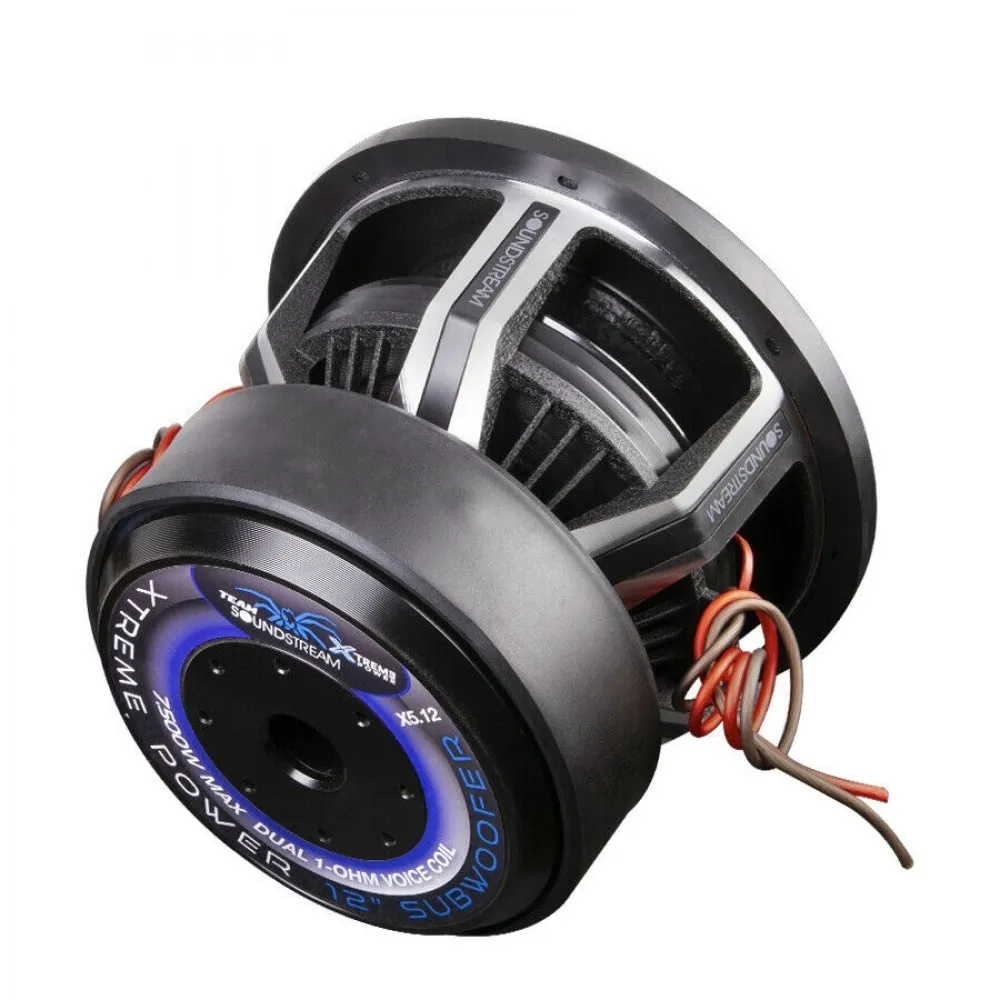Planning Your Tarantula Enclosure
Building the best tarantula enclosure is crucial for your pet’s well-being. A well-planned enclosure provides a safe, comfortable, and stimulating environment, allowing your tarantula to thrive. Proper planning considers the tarantula’s species, size, and specific needs. Failing to plan can lead to a stressful environment for your spider and can also affect its health and longevity. This guide walks through the essential steps to create the perfect home for your eight-legged friend, ensuring its happiness and your peace of mind. Planning your enclosure involves understanding your tarantula’s requirements and preparing for its arrival. Consider the space you have available and the materials you will use.
Choosing the Right Size
The size of the enclosure is a critical factor. A general rule is to provide an enclosure that is at least twice the tarantula’s leg span in width and length, and the height should allow for ample space. This ensures your tarantula has enough room to move around and explore. A small enclosure can restrict movement and cause stress, while one that’s too large can make it difficult for the tarantula to find food and feel secure. For arboreal species, height is more important than floor space, allowing them to climb and exhibit their natural behaviors. Juvenile tarantulas will need smaller enclosures initially, but be prepared to upgrade as they grow. Ensure the enclosure has secure lid to prevent escapes.
Considering Tarantula Species
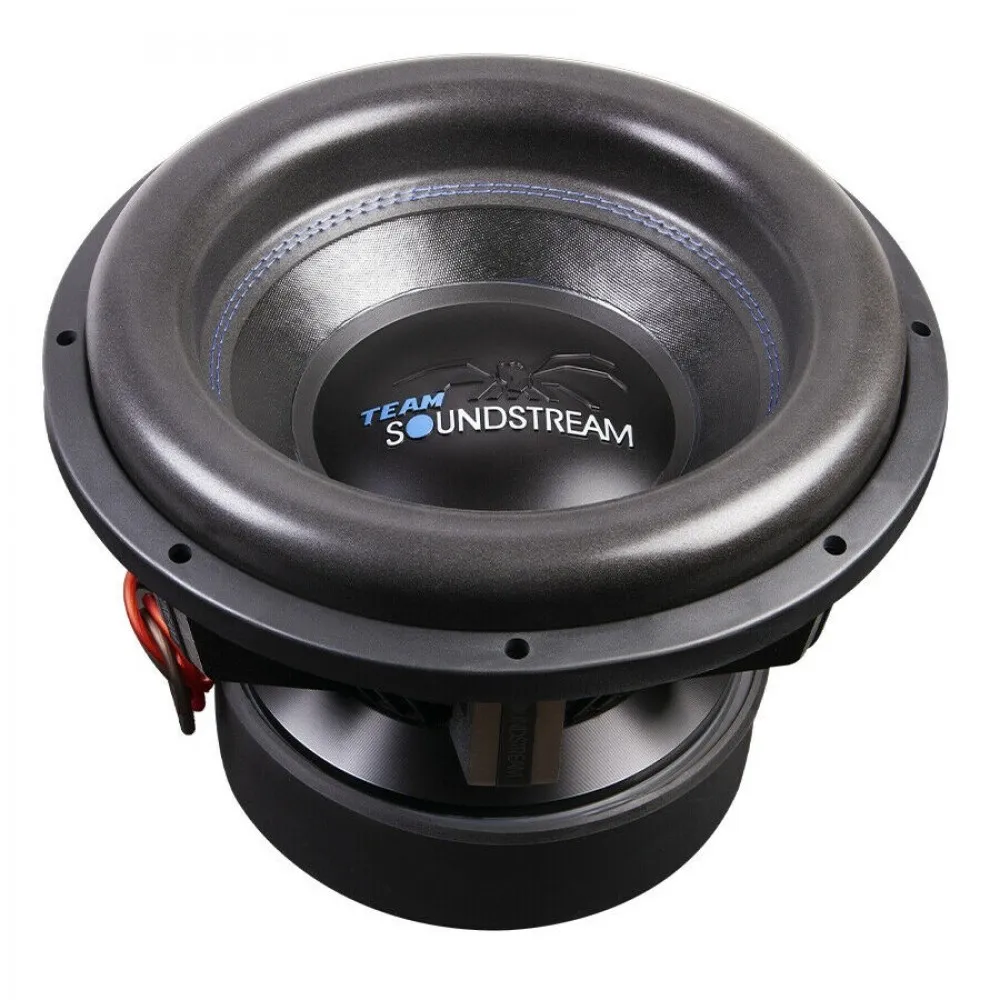
Different tarantula species have unique needs. Terrestrial species, like the Chilean Rose, thrive in enclosures that are wider than they are tall. Arboreal species, such as the Pinktoe Tarantula, need more vertical space for climbing. Burrowing species, like the Cobalt Blue, require deep substrate for digging. Research the specific requirements of your tarantula species before building or buying an enclosure. This includes understanding their humidity, temperature, and ventilation preferences. Some species are more sensitive to environmental changes than others. Considering the species ensures you create a habitat that meets all of your tarantula’s specific needs.
Material Selection
The material of your tarantula enclosure impacts its functionality and aesthetics. Glass and acrylic are the most popular choices. Both have their pros and cons. Glass enclosures are durable and scratch-resistant, but they can be heavier and may not provide as much insulation. Acrylic enclosures are lighter, offer better insulation, and are less likely to shatter, but they can scratch more easily. Ventilation is another key consideration. The enclosure should have adequate ventilation to prevent mold growth and maintain the right humidity levels. This is usually achieved through strategically placed ventilation holes. The lid should be secure to prevent escape, which is a common problem. Finally, select materials that are easy to clean and maintain.
Glass vs Acrylic Enclosures
Glass enclosures offer a classic look and excellent visibility. They are highly durable and can withstand scratches, making them a long-lasting option. However, glass enclosures tend to be heavier and may require more careful handling. Acrylic enclosures are lightweight, offer superior insulation, and provide a clear view of your tarantula. They are easier to move and clean. They are less prone to shattering, improving safety. However, acrylic scratches more easily than glass. The choice between glass and acrylic depends on your priorities, budget, and preferences. Consider the long-term ease of use and maintenance.
Essential Enclosure Components
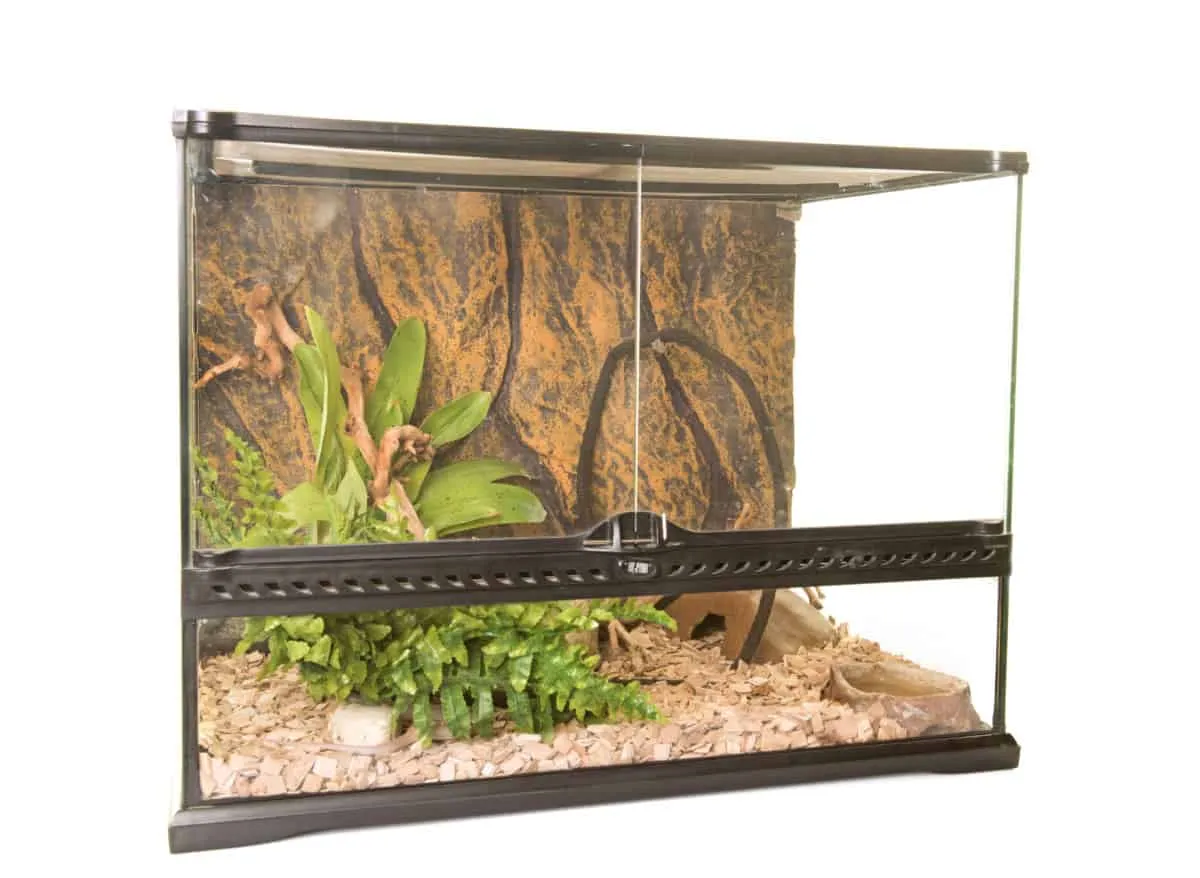
A well-designed enclosure has several key components that contribute to the tarantula’s health and happiness. These include substrate, hiding places, a water source, and adequate ventilation. Each component plays a vital role in creating the ideal environment. The substrate provides a place for the tarantula to burrow or roam, while hiding spots allow it to feel secure. A water source ensures hydration, and ventilation helps regulate humidity and prevent the buildup of harmful gases. Properly selecting and arranging these components is crucial for the enclosure’s overall success. The following sections detail the importance of each of these elements.
Substrate Selection
The substrate is the foundation of your tarantula’s enclosure. It serves several purposes, including providing a surface for the tarantula to walk on, burrow in, and maintaining humidity. The best substrates are those that retain moisture, don’t mold easily, and are safe for your tarantula. Common options include coco fiber, peat moss, vermiculite, and a mix of these. Coco fiber is a popular choice because it holds moisture well and is relatively easy to clean. Peat moss is another good option, but it can be acidic, so it may need to be mixed with other materials. Avoid substrates like wood chips, which can be harmful if ingested. The depth of the substrate depends on the tarantula’s species; burrowing species will need a deeper layer.
Humidity and Ventilation
Maintaining proper humidity levels is critical for your tarantula’s health, especially during molting. The right humidity helps the tarantula shed its exoskeleton properly. Ventilation is also important for preventing mold and maintaining the right airflow. The amount of humidity your tarantula needs depends on its species. Use a hygrometer to monitor humidity levels. You can increase humidity by misting the enclosure with water, providing a water dish, or using a moist substrate. Ventilation can be achieved through strategically placed holes or mesh in the enclosure. Ensure the ventilation is sufficient to prevent the build-up of stale air and harmful gases. Monitor the enclosure environment regularly.
Decorating the Enclosure
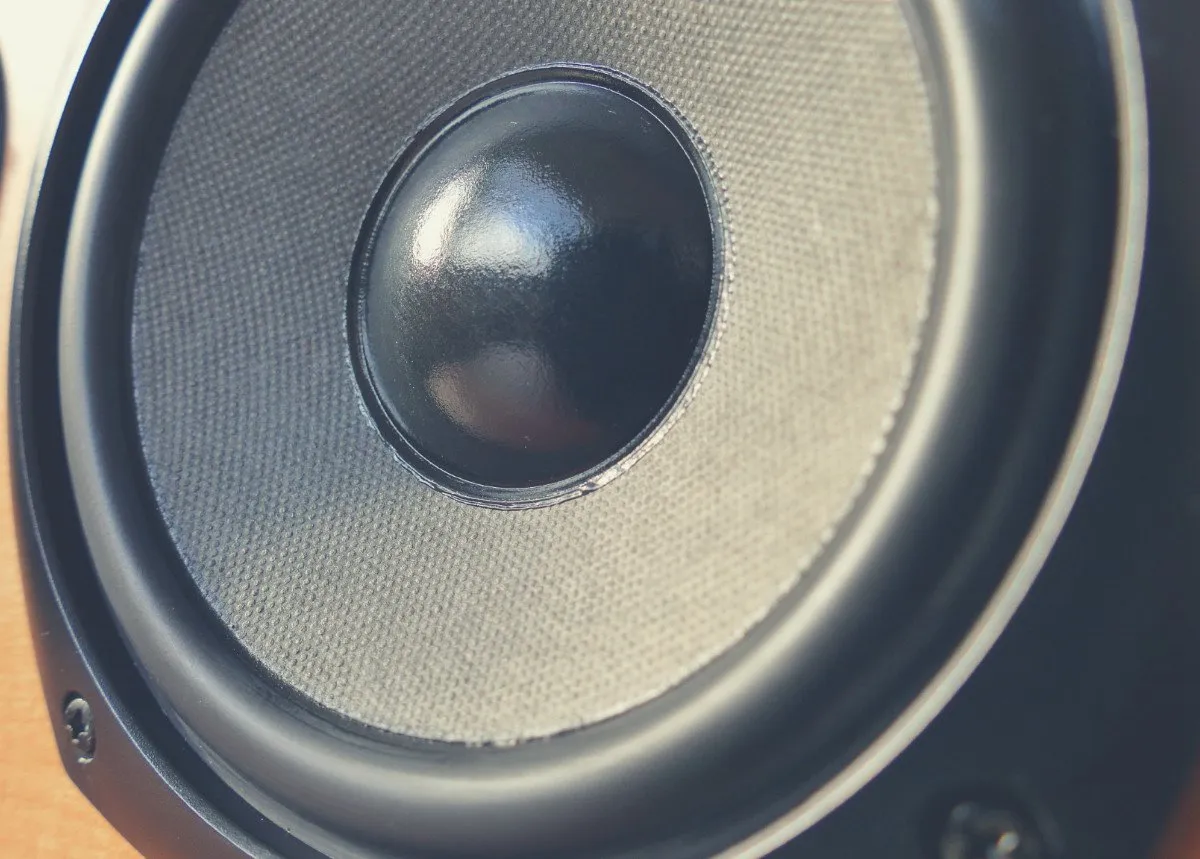
Decorating the enclosure enhances its aesthetic appeal and provides enrichment for your tarantula. Include elements that mimic its natural habitat, such as cork bark, artificial plants, and rocks. These decorations give your tarantula places to hide, climb, and explore. Avoid anything that could harm your tarantula. Make sure any decorations are secure and won’t topple over, potentially crushing the spider. Artificial plants are a great way to add color and visual interest. Avoid anything that may be toxic. Arrange the decorations thoughtfully to provide a balance of open space and hiding places, catering to your tarantula’s preferences. Remember that a well-decorated enclosure promotes natural behaviors.
Creating Hiding Spots
Hiding spots are essential for providing security and reducing stress in tarantulas. Tarantulas are naturally reclusive creatures, and they need a safe place to retreat. Good hiding spots include cork bark, hollow logs, or commercially available hides. The size of the hiding spot should be appropriate for the tarantula’s size, allowing it to fit comfortably inside. Place the hiding spot in a shaded area of the enclosure. Make sure the hiding spot is stable and won’t move or fall. Provide multiple hiding spots to give your tarantula options. A secure hiding spot allows your tarantula to feel safe, promoting its well-being and reducing stress.
Adding Water and Food Dishes
Providing access to fresh water and food is essential for your tarantula’s survival. Use a shallow water dish that’s easy for the tarantula to access and doesn’t pose a drowning hazard. The water dish should be cleaned regularly to prevent the growth of bacteria. Food dishes should be appropriate for the size of the enclosure and the tarantula. Ensure food is easily accessible and that there is space for the tarantula to hunt or feed. Remove any uneaten food after a few hours to prevent mold and attract pests. Keeping water and food accessible is essential for your tarantula’s health.
Building Your Tarantula Enclosure
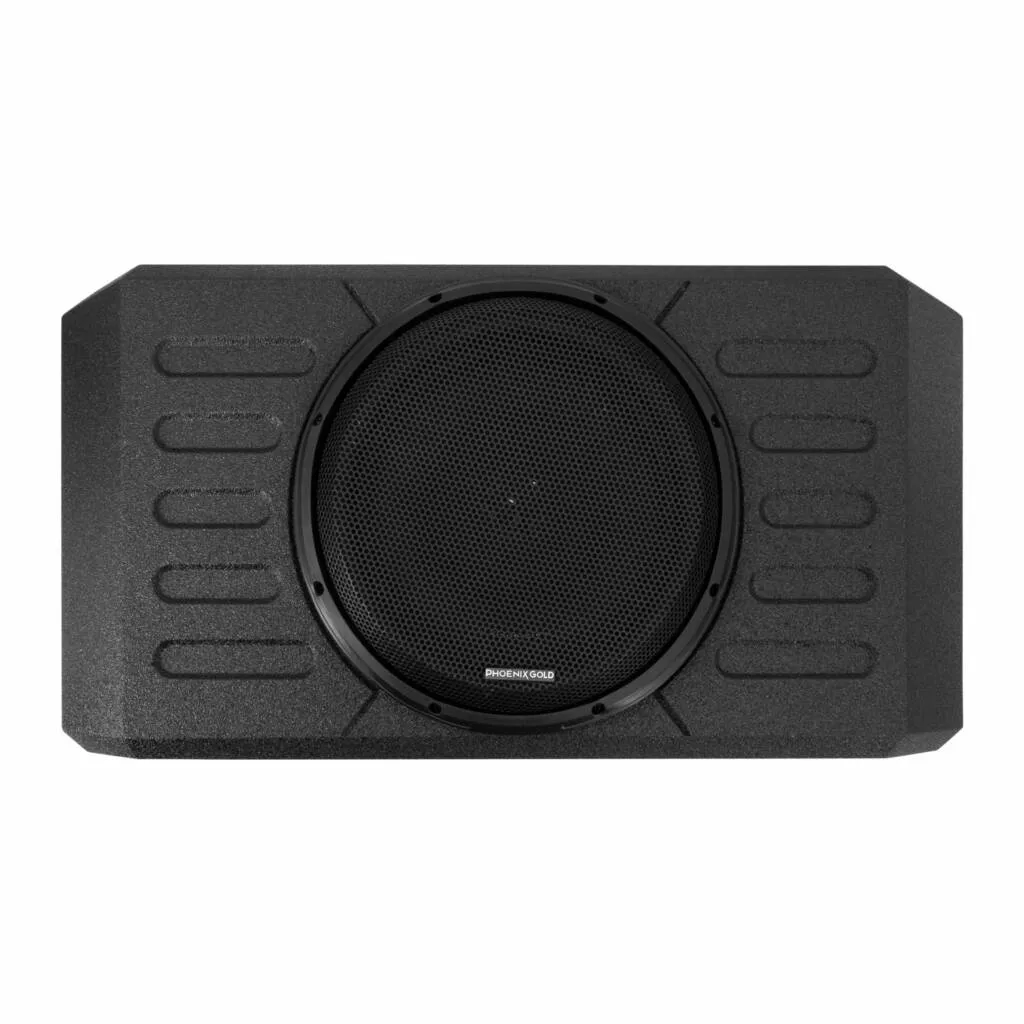
Building a tarantula enclosure involves a few straightforward steps. You can either purchase a pre-made enclosure or build one yourself. Purchasing an enclosure saves time and effort. Building one offers more control over customization. Whether building or buying, ensure all materials are safe and non-toxic. The enclosure must be well-ventilated, easy to clean, and secure to prevent escapes. Following these steps ensures a functional and aesthetically pleasing habitat for your pet. Consider the specific needs of your tarantula, from its species to its size, before beginning construction or purchasing an enclosure.
Step-by-Step Guide
To build a tarantula enclosure, first, gather your materials: glass or acrylic, a suitable substrate, ventilation materials, decorations, and any tools needed for assembly. Next, cut and assemble the enclosure, ensuring all pieces fit tightly and securely. Add ventilation holes or mesh to allow for airflow. Apply sealant to seal any gaps and prevent leaks, especially if using glass or acrylic. Once the enclosure is assembled, it’s time to add the substrate, decorations, and hiding spots. Place these elements according to your tarantula’s needs. Always ensure the enclosure is clean and free of any potential hazards before introducing your tarantula.
Preparing the Enclosure
Before adding your tarantula, you must prepare the enclosure. Clean the enclosure thoroughly to remove any dust, debris, or chemicals. Prepare the substrate by moistening it and allowing it to settle. Add the substrate to the enclosure, creating a depth appropriate for the species. Place the hiding spots, water dish, and any other decorations. Ensure all items are stable and safe. Finally, mist the enclosure to achieve the correct humidity level. Allow the enclosure to stabilize for a few days before introducing your tarantula, ensuring that the temperature and humidity are stable and suitable.
Adding Substrate and Decorations

Once the enclosure is prepared, it’s time to add the substrate and decorations. Start by adding a layer of substrate that is the right depth for your species. Place the substrate evenly across the bottom of the enclosure. Next, add the decorations, such as cork bark, artificial plants, or rocks. Arrange these elements to create a naturalistic and visually appealing environment. Ensure the hiding spots are secure and accessible. Add the water dish and any food dishes. Finally, mist the enclosure to maintain the proper humidity levels. Make sure everything is in place and secure before introducing your tarantula to its new home.
Introducing Your Tarantula
When you introduce your tarantula to its new enclosure, do so gently. Carefully open the container it came in and allow the tarantula to walk into its new home on its own. Avoid forcing the tarantula, as this can cause stress. Give the tarantula time to explore its new surroundings and settle in. It may take a few days for the tarantula to adjust. During this time, observe its behavior, and make sure it has access to water and is comfortable. Avoid handling the tarantula immediately after introducing it to the enclosure. Wait until it has had time to acclimate to its environment.
Monitoring and Maintenance
Proper maintenance is essential to keep your tarantula healthy and happy. Regular monitoring and cleaning are vital parts of enclosure care. This includes checking the temperature, humidity, and overall condition of the enclosure. Regular cleaning and maintenance prevent the build-up of waste, mold, and pests. Consistent care creates a healthy and enjoyable habitat for your tarantula. Routine checks can help you catch and resolve any issues before they impact your spider’s health. By following these practices, you provide a safe and thriving environment.
Regular Cleaning
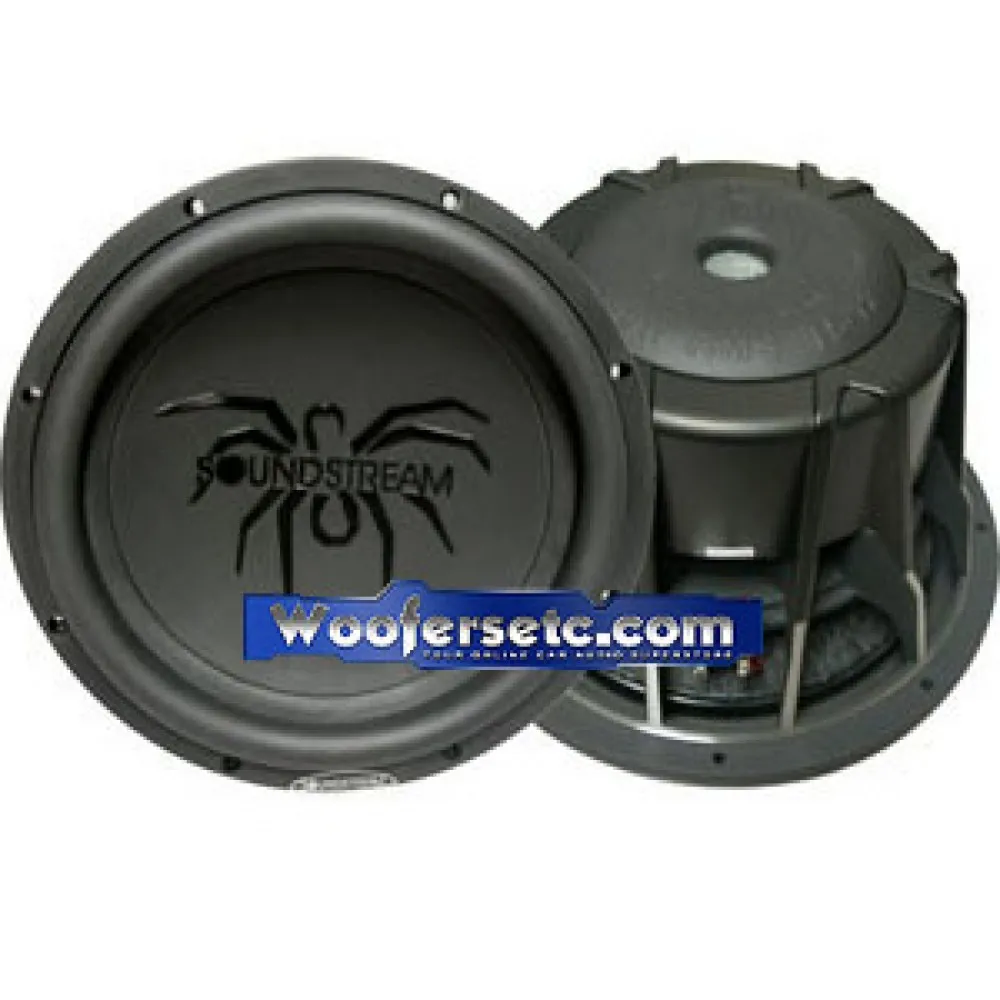
Regular cleaning keeps the enclosure fresh and prevents the build-up of waste. Spot-clean the enclosure weekly, removing any uneaten food, dead insects, or feces. Replace the water dish with fresh water regularly. The frequency of a full substrate change depends on the species and the enclosure conditions, but it’s generally recommended every 6-12 months, or sooner if the substrate becomes excessively soiled or moldy. When changing the substrate, remove the tarantula to a temporary container, clean the enclosure thoroughly, and replace the substrate with fresh material. Use a mild, pet-safe cleaner if needed, and rinse the enclosure well before returning the tarantula to its habitat. Cleaning is essential for preventing illness and promoting the well-being of your tarantula.
Humidity and Temperature Checks
Regularly check the humidity and temperature levels in your tarantula enclosure. Use a hygrometer to monitor humidity and a thermometer to monitor temperature. Adjust the humidity by misting the enclosure, providing a water dish, or modifying the ventilation. Ensure the temperature is within the range appropriate for your species. Most tarantulas thrive in temperatures between 75-85°F (24-29°C). Avoid extreme temperature fluctuations. Keep a record of the temperature and humidity readings. By monitoring these factors, you can ensure your tarantula’s enclosure provides a suitable and healthy environment, and make necessary adjustments to keep your tarantula healthy.
Troubleshooting Common Issues
Even with the best care, issues can arise. Common problems include mold growth, escape attempts, and behavioral changes. Mold can grow if the humidity is too high or the ventilation is inadequate. Address mold by improving ventilation, cleaning the enclosure, and possibly changing the substrate. Escape attempts can be prevented by ensuring the enclosure has a secure lid. Behavioral changes, such as a loss of appetite or lethargy, can indicate stress or illness. Observe your tarantula closely and consult with a veterinarian or experienced tarantula keeper if you have concerns. By understanding and addressing these common problems, you can maintain a healthy and comfortable environment for your pet.
Building and maintaining the best tarantula enclosure is a rewarding experience. By providing a safe, comfortable, and stimulating environment, you can ensure your tarantula thrives. Remember that each species has unique needs, so research is crucial. Regular monitoring, cleaning, and maintenance are vital for the well-being of your pet. With careful planning and consistent care, you can create a perfect home for your eight-legged friend, allowing it to live a long and happy life.
